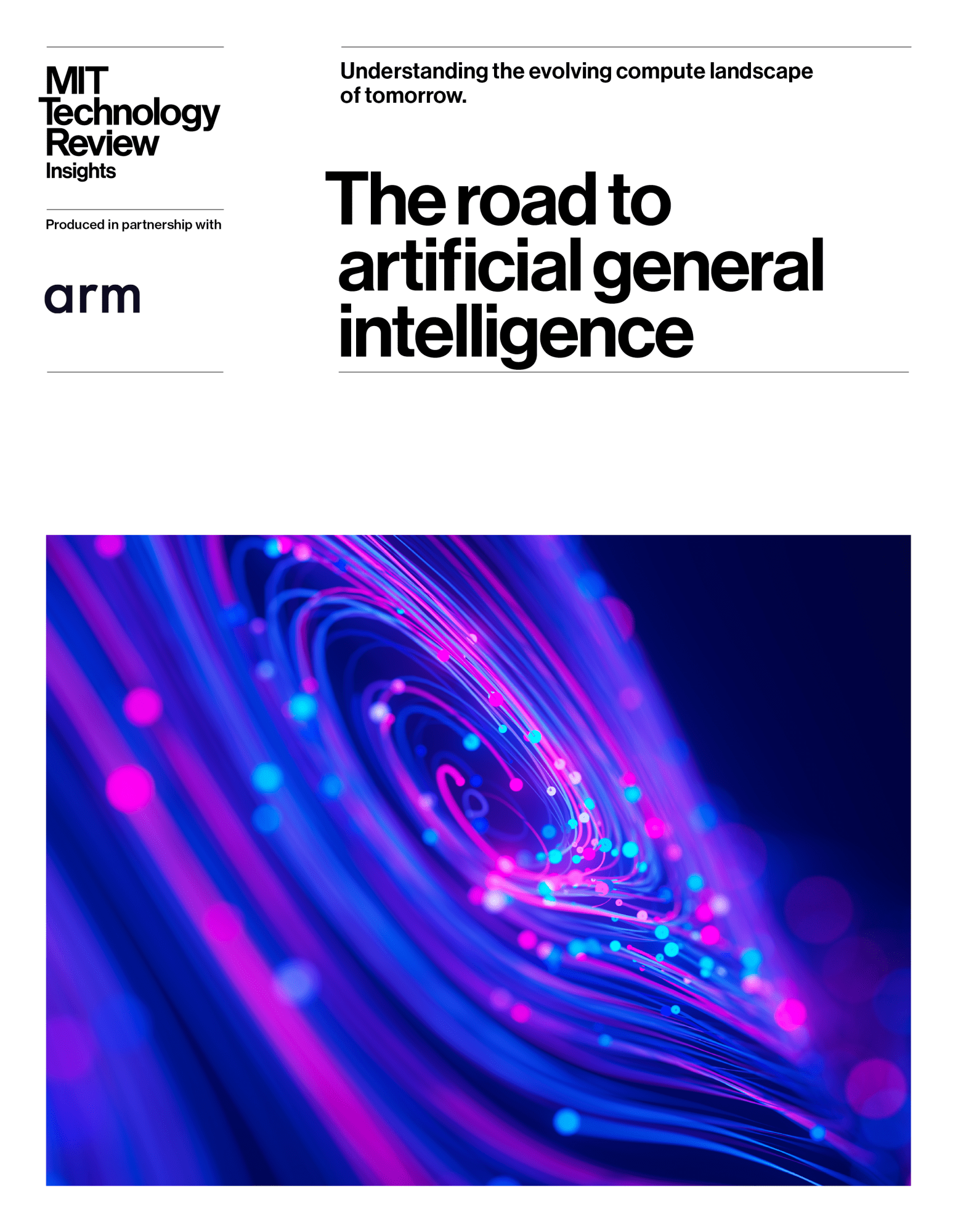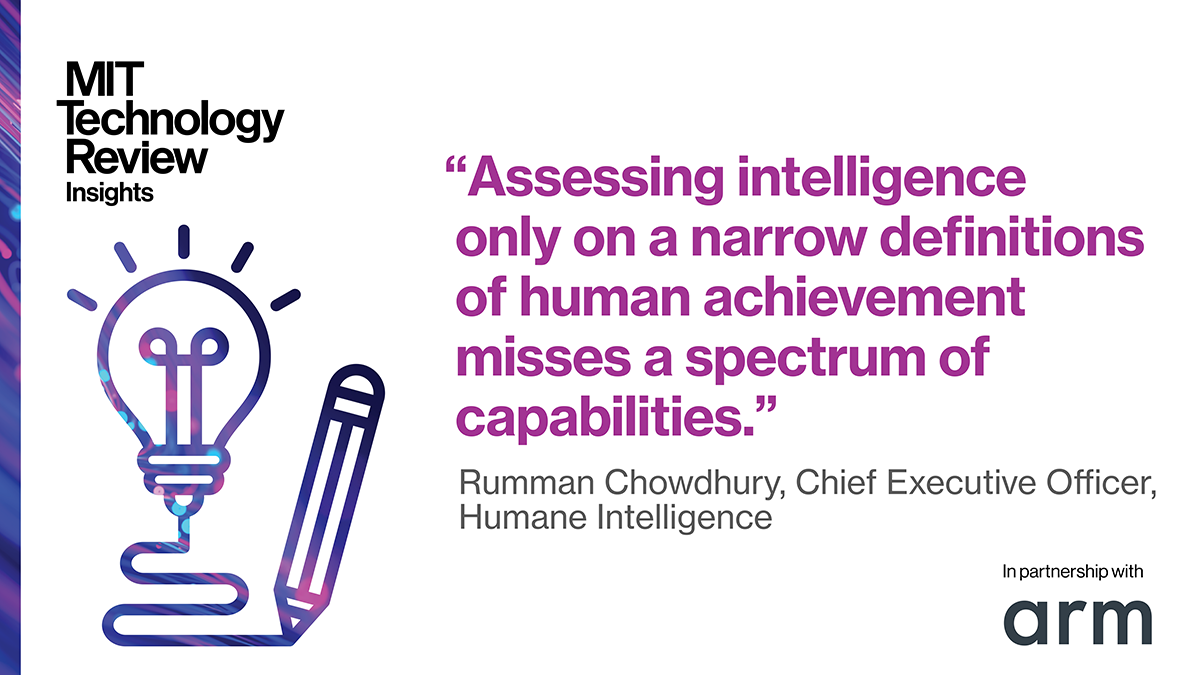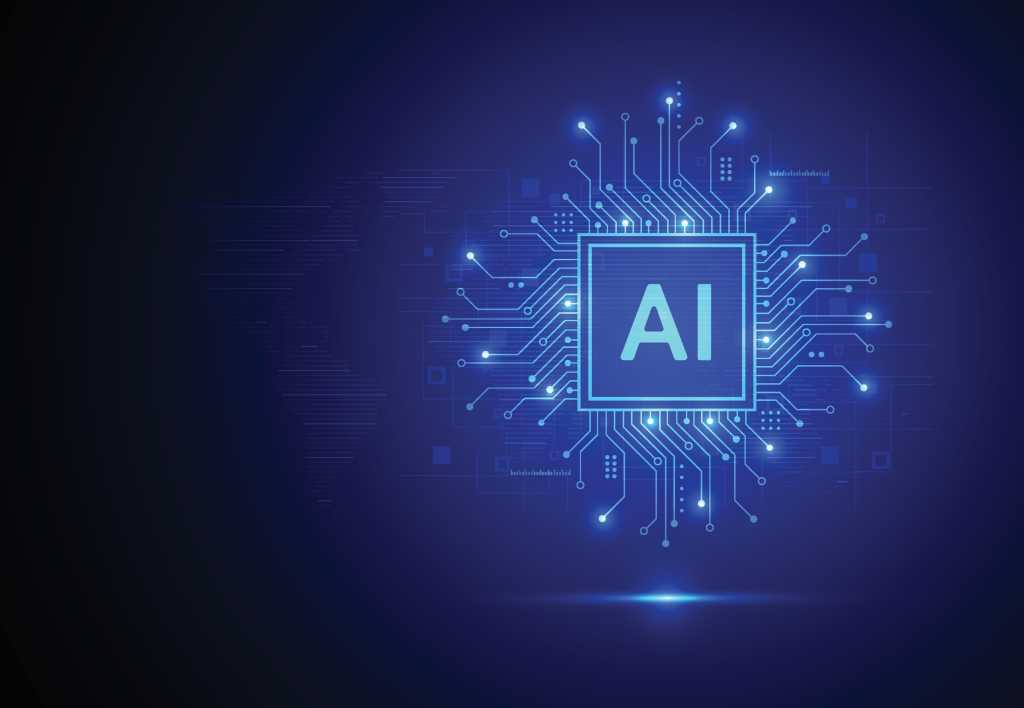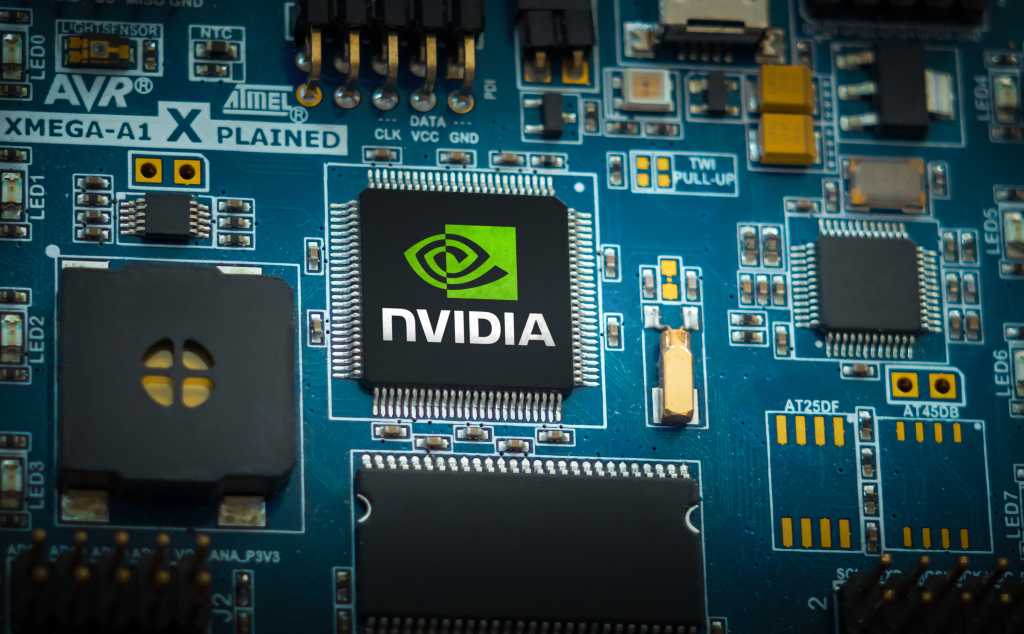In partnership withArm
Artificial intelligence models that can discover drugs and write code still fail at puzzles a lay person can master in minutes. This phenomenon sits at the heart of the challenge of artificial general intelligence (AGI). Can today’s AI revolution produce models that rival or surpass human intelligence across all domains? If so, what underlying enablers—whether hardware, software, or the orchestration of both—would be needed to power them?
Dario Amodei, co-founder of Anthropic, predicts some form of “powerful AI” could come as early as 2026, with properties that include Nobel Prize-level domain intelligence; the ability to switch between interfaces like text, audio, and the physical world; and the autonomy to reason toward goals, rather than responding to questions and prompts as they do now. Sam Altman, chief executive of OpenAI, believes AGI-like properties are already “coming into view,” unlocking a societal transformation on par with electricity and the internet. He credits progress to continuous gains in training, data, and compute, along with falling costs, and a socioeconomic value that is
“super-exponential.”

Optimism is not confined to founders. Aggregate forecasts give at least a 50% chance of AI systems achieving several AGI milestones by 2028. The chance of unaided machines outperforming humans in every possible task is estimated at 10% by 2027, and 50% by 2047, according to one expert survey. Time horizons shorten with each breakthrough, from 50 years at the time of GPT-3’s launch to five years by the end of 2024. “Large language and reasoning models are transforming nearly every industry,” says Ian Bratt, vice president of machine learning technology and fellow at Arm.

This content was produced by Insights, the custom content arm of MIT Technology Review. It was not written by MIT Technology Review’s editorial staff.
This content was researched, designed, and written entirely by human writers, editors, analysts, and illustrators. This includes the writing of surveys and collection of data for surveys. AI tools that may have been used were limited to secondary production processes that passed thorough human review.




















